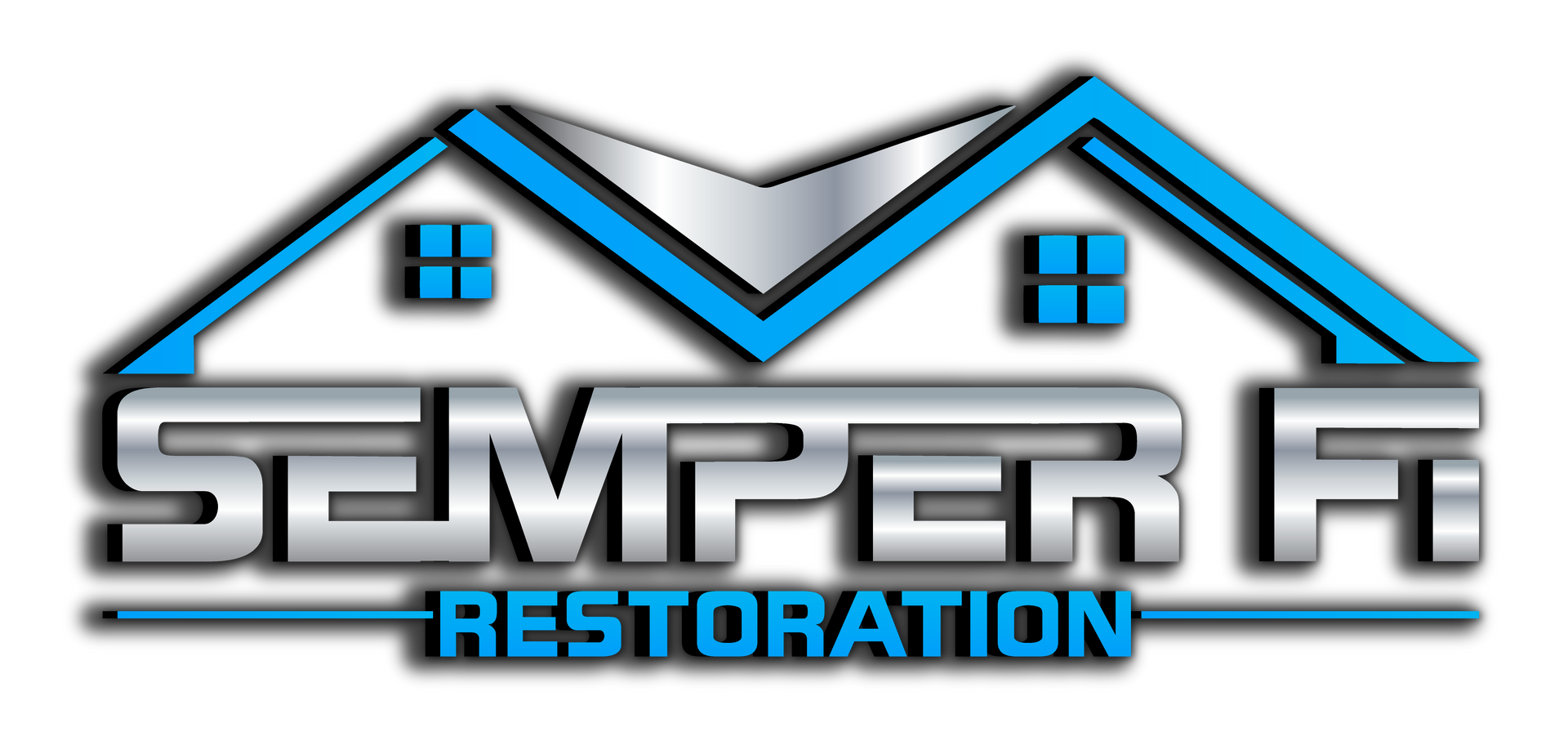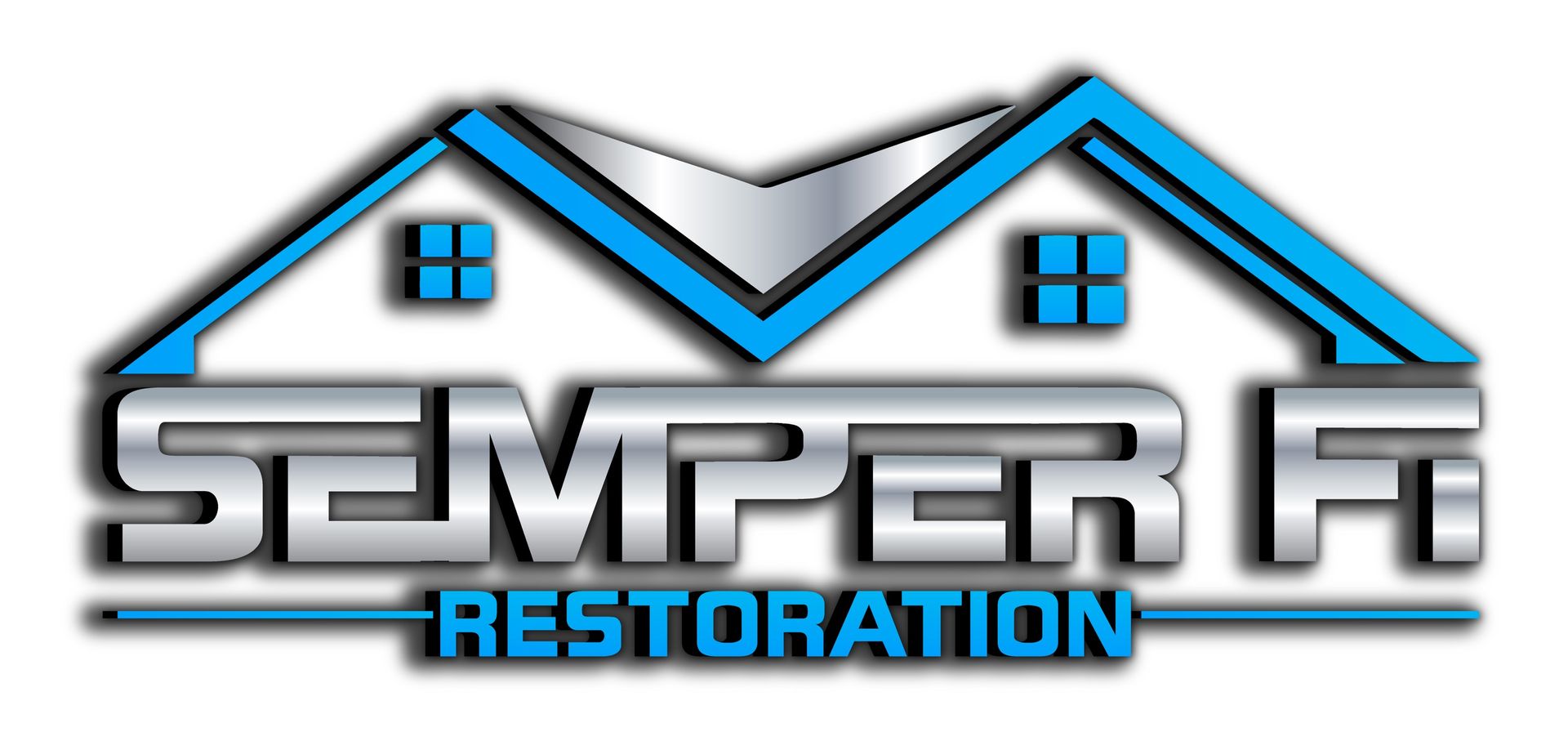
What to Do After a Hail Storm: Roof Check & Insurance Tips
Hail just pounded across your neighborhood, the gutters are still pinging, and you’re wondering what to do first. This guide walks you through the exact moves that keep everyone safe, confirm if the roof is compromised, and position your claim for the maximum payout your policy allows. Every recommendation is shaped by Colorado’s strict insurance rules, but applies anywhere hail lands.
Over the next few minutes we’ll cover eight practical steps: staying safe while capturing storm facts, scanning your property from the ground, inspecting (or hiring a pro to inspect) the roof, sealing up problem spots, building a bullet-proof photo record, filing the claim at the right moment, working hand-in-hand with adjusters and contractors, and closing out repairs with upgrades that shrug off the next hail core. Grab a flashlight and your phone—the answers start now.
1. Stay Safe and Capture the Storm Details
Safety beats speed. After the hail stops, stay put until local alerts say the storm cell has moved on. Broken glass, downed lines, and slick decking can injure fast. As soon as it’s safe, jot down the date, time span, approximate hail size, wind gusts, and snap a couple of sky shots; adjusters often ask for this context.
Indoor Safety Checklist
- Kill power in rooms with ceiling leaks or standing water.
- Keep kids and pets away from broken glass and skylights.
- Grab flashlights, not candles, during outages.
When It’s Safe to Go Outside
- From the ground, scan eaves for pooling water or sagging.
- Wear closed-toe shoes, gloves, and safety glasses before stepping out.
Recording Hail Size & Storm Intensity
Photograph a hailstone next to a ruler; if it’s melting, hold it beside a quarter or golf ball so scale is obvious.
2. Perform a Ground-Level Property Check
Ground level is the safest—and insurer-preferred—starting point. Circling the house with your phone on video establishes the baseline every adjuster needs. It’s the first answer to what to do after a hail storm.
Visual Signs on Roof and Gutters
Spot shingle granule piles at downspouts, dime-size dings in gutter faces, and creased drip edges. Dents reveal hail direction; granules confirm roof trauma.
Windows, Siding, and Exterior Fixtures
Photograph cracked siding, chipped paint, torn screens, and tiny dimples in metal trim from straight-on and 45° angles so depth and diameter are obvious.
Vehicles, Decks, and Landscaping
Keep auto shots in a separate folder. Then capture dented patio furniture, splintered decking, and shredded plants—the more evidence of impact energy, the stronger your storm narrative.
3. Inspect the Roof for Hail Damage (or Call a Professional)
Once the ground sweep is done, the next move in what to do after a hail storm is assessing the roof—without risking a trip to the ER. If the pitch is steep, the shingles are still slick, or you don’t have a harness, stop and book a licensed roofer; most reputable companies perform free storm inspections in Colorado. Remember, insurers only pay for “functional” damage—impacts that shorten the roof’s life or let water in—so you need clear evidence, not just scuffs.
Hail Damage Signs on Asphalt Shingles
- Dark, quarter-size bruises where granules are gone
- Soft spots that feel like a bruised apple when pressed
- Radiating cracks exposing the black fiberglass mat on older shingles
Metal Components and Penetrations
Vent caps, flashing, and chimney saddles show concentric dents—perfect hail fingerprints. Map dent size and direction; they help adjusters confirm stone diameter and wind angle.
Hidden Interior Evidence
In the attic, shine a flashlight across decking for wet stains, daylight pinholes, or clumped insulation. Early moisture traces strengthen your claim timeline.
4. Secure Your Home Against Further Damage
Colorado policies spell out a “mitigation duty,” meaning you must limit additional loss after the hail hits. Do it quickly—insurers can deny secondary moisture or mold if you ignore obvious leaks for even a day or two. The good news: most stop-gap supplies cost less than a pizza and are usually reimbursable when you keep the receipts.
Emergency Roof Coverings
- Sweep off loose ice and debris from the impact zone.
- Unroll a heavy-duty tarp so it overlaps the ridge by at least 2 ft and runs past the eave.
- Anchor edges with 2×4s screwed through the tarp into solid decking; avoid nails that pierce shingles below.
- Weight the bottom with sandbags to shed runoff away from walls.
Clear Gutters and Downspouts
- Scoop hailstones, leaves, and shingle grit out of troughs before they solidify into an ice dam.
- Set your ladder on dry pavement, tie it off, and work with a spotter.
- If downspouts are dented shut, cut a temporary slit so water can exit.
Interior Measures to Limit Water Intrusion
- Position buckets under active drips and poke a pencil hole in sagging ceiling drywall to relieve pressure.
- Lay 6 mil plastic over attic insulation, then run a box fan or dehumidifier to keep humidity below
55%. - Photograph each action for the claim diary.
5. Document Everything for Your Insurance Claim
A rock-solid paper trail is the single best way to turn “maybe” into “approved” when the adjuster arrives. Snap, save, and label every shred of evidence the moment you can still smell wet asphalt. Detailed proof links the hail event to the fresh damage and shields you from lowball depreciation numbers later. Think of it as building a case file: visuals, notes, and receipts that tell a clear story from storm to repair.
Photo & Video Best Practices
- Start with a 360° walk-around video, then shoot wide before tight close-ups.
- Include a coin, tape measure, or today’s newspaper for scale and date verification.
- Slow pans at eave level help show shingle granule loss without climbing.
Keep a Storm & Repair Diary
- Log every step: date, time, action, costs, weather notes, and who you spoke with.
- Record claim numbers, adjuster names, and promised follow-up dates.
- A simple spreadsheet or notes app works—just back it up to the cloud.
Receipts, Samples, and Correspondence
- Save invoices for tarps, plywood, fans—mitigation expenses are often reimbursable.
- Bag a broken shingle or dented vent cap as a physical sample.
- Screenshot every email and text; attach them to your diary for an indisputable record.
6. File Your Insurance Claim Strategically
Once you’ve patched the leaks and built your evidence file, it’s time to pull the trigger on the claim. Colorado carriers generally give homeowners six to twelve months to report hail losses, but backlogs balloon after a big cell. Calling early—and prepared—keeps you at the front of the line and limits hidden water damage that can void coverage. In short, “Should I call insurance after a hail storm?” Absolutely, but do it with facts in hand.
Understand Your Coverage and Deductible
Review your declarations page: is the roof settled at Actual Cash Value (ACV) or Replacement Cost Value (RCV)? RCV pays depreciation after work is complete, while ACV subtracts it up front. Confirm whether you have a separate wind/hail deductible—often 1–2% of dwelling value—so sticker shock doesn’t derail decisions.
The Right Time to Call Your Carrier
Place the call after a professional roof inspection, ideally with photos and measurements ready to email while you’re on the phone. Provide date, time, and a concise damage summary; avoid price estimates. Request a claim number and schedule the adjuster visit before hanging up.
Common Claim Mistakes to Avoid
- Admitting blame or guessing repair costs during the initial report
- Discarding damaged shingles, vents, or receipts before the adjuster arrives
- Letting an unlicensed contractor “handle the claim paperwork” (Colorado law restricts this)
Steer clear of these pitfalls and the claim process will move faster—and in your favor.
7. Work With Your Adjuster and Contractors for Accurate Estimates
Think teamwork, not tug-of-war. When the adjuster, your roofing pro, and you share information openly, most Colorado hail claims sail through on the first pass and checks arrive sooner.
Preparing for the Adjuster’s Inspection
Spread out your photo log, storm diary, receipts, and a sample shingle so the adjuster can follow the damage path in order—roof, gutters, attic, interior. Invite the roofer who performed your inspection; their ladder, moisture meter, and code knowledge keep the conversation factual and speed agreement on scope.
Comparing Contractor Bids and Scopes
A complete estimate lists tear-off, underlayment, ice-and-water shield, starter strip, ventilation, flashing, and debris haul-off. If a quote is hundreds lower because it omits material grades or skips ventilation, that’s a lowball waiting to trigger a change order.
Spotting and Avoiding Storm-Chaser Scams
Beware crews with out-of-state plates and clipboards demanding a signature “today only.” Colorado gives you a 72-hour cooling-off period for door-to-door sales—use it to verify licensing, insurance, and local references before any shingles leave the pallet.
8. Finalize Repairs and Prevent Future Hail Damage
With the claim approved and checks in hand, it’s time to wrap things up and harden your home for the next hail core.
Scheduling and Overseeing the Work
Most roofs go on in a day, but allow two weeks for permits and materials. Attend the delivery, then insist on a punch-list walk-through before signing off.
Upgrading to Impact-Resistant Materials
Swap standard shingles for UL 2218 Class 4 impact-resistant asphalt, metal, or synthetic shake; many Colorado carriers cut premiums up to 30 % after the upgrade.
Long-Term Maintenance Against Hail & Wind
Book an annual roof tune-up: tighten fasteners, re-caulk flashings, and trim branches six feet clear of shingles—simple chores that head off leaks and hail-driven splits.
Quick Recap & Next Steps
Here’s the 60-second refresher on what to do after a hail storm:
- Stay safe and log storm facts.
- Walk the property at ground level for easy, insurer-friendly photos.
- Inspect the roof (or have a pro do it) to spot functional damage.
- Mitigate: tarp leaks, clear gutters, control interior moisture.
- Document everything—pics, receipts, and a running diary.
- File your claim promptly, armed with proof and policy details.
- Meet the adjuster alongside a trusted contractor and compare complete bids.
- Finish repairs, upgrade to impact-rated materials, and schedule annual maintenance.
If you live in Northern Colorado or the Denver metro and want a hassle-free path through these eight steps, book a free post-hail roof assessment and insurance-claim assist with Semper Fi Restoration. Peace of mind is a phone call away.
Our Mission
At Semper Fi Restoration, our mission is unwavering:
To defend homes, uphold integrity, and execute every project with the discipline, precision, and relentless commitment that defines us as a veteran-owned, Marine Corps–inspired company.
From Lakewood to Longmont, from Thornton to Sedalia, we serve the communities we call home. These aren’t just job sites—they’re neighborhoods where we’ve shaken hands, climbed ladders, earned trust, and protected families.
We don’t just repair roofs—we defend homes and safeguard peace of mind.
In a region where hail, wind, and unpredictable weather strike hard, we hold the line where it matters most—your rooftop. In an industry full of shortcuts and quick-fix promises, we remain grounded in principles: discipline, precision, and purpose.
Our crews operate with the rigor of a military unit—organized, reliable, and mission-focused. We are selective in who we bring onto our team, because every person represents our name, and every nail we drive carries our reputation.
We don’t cut corners. We don’t accept mediocrity.
Accountability is our foundation. We demand it from ourselves and deliver it to our clients. From Commerce City to Erie, every inspection, every estimate, and every completed job is a reflection of the standards we refuse to lower.
Every project is a mission. And we don’t miss.
We approach each roof with clear communication, disciplined planning, and an unshakable commitment to excellence. Because when we say we’ll protect your home, we mean it—every task, every detail, every time.
Built to endure. Driven by pride. Rooted in Colorado. Led by purpose.

